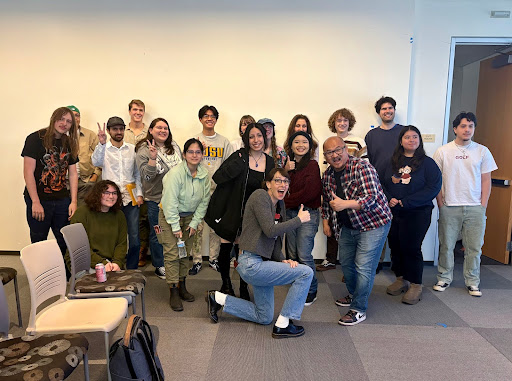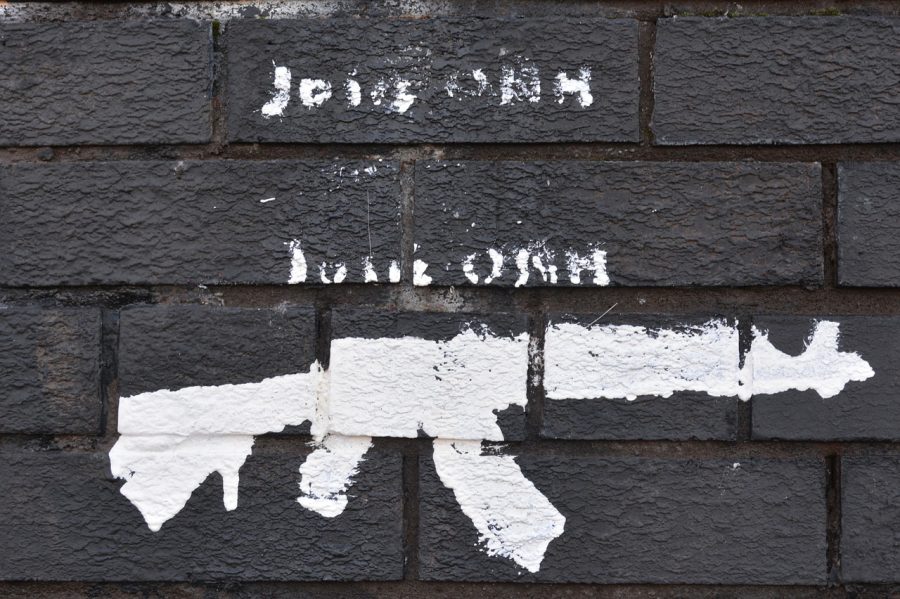To Fight Gun Violence, Prepare for When – Not If
No fewer than 10 mass shootings occurred over Easter weekend across the United States, including one incident that left two dead and two wounded in nearby Stockton.
These followed a gang-related shooting in Sacramento two weeks ago, a few blocks from the state Capitol, which killed six people and injured at least 12 others. A few weeks prior to that, a man killed his three children, their chaperone and then himself inside a Sacramento church during a parental visitation.
“The scourge of gun violence continues to be a crisis in our country, and we must resolve to bring an end to this carnage,” Gov. Gavin Newsom said after the most recent Sacramento shooting.
The safety of American citizens continues – for decades now – to be debated in Congress. And while we wait, more and more innocent people are dying. As a nation we face what feels like an existential question: what can we do to protect our communities, families, and children today?
The Second Amendment protects an individual’s right to possess a firearm. However, it does outlaw certain groups, such as those deemed mentally ill under a court ruling, from owning guns. In some instances, stricter laws would prevent restricted groups from accessing these weapons.
The fact is, shootings happen with shocking regularity in our neighborhoods, schools and places of business – places where we tend to feel safe. That’s why, for campuses like Diablo Valley College, it’s time to take the risk seriously and prepare for when a shooting might occur, not if.
Many schools have implemented more secure forms of campus infrastructure in recent years – installing fences, adding more locked gates, and incorporating elements of security systems often used for homes and businesses.
But so far, the DVC campus hasn’t established enough preventative systems to respond in the event of an active shooter in the area. Campus police patrol throughout the day, but with the return to in-person classes, the school may want to consider increased safety measures.
“I’ve never done an active shooter drill here,” said Sarah Aziz, a DVC student studying civil engineering. “It’s kind of scary that we might be unprepared.”
Granted, it would be difficult to practice safety drills on a large campus where thousands of students are coming and going with different schedules. But it’s something the administration could, and perhaps should, consider trying.
Although California has the most gun laws in the nation – 107 to be precise, according to the State Firearm Laws project at Boston University – shootings here still happen with frightening regularity.
By now, mass shootings and the deaths they cause have become normal in the United States. This isn’t acceptable. We need to do a better job advocating for change – which means taking charge to help keep our communities safe.
For starters, don’t be afraid to speak up if you notice someone acting strangely or exhibiting threatening signs. Don’t feel your concerns are unwarranted; trust your intuition and encourage those around you to do the same.
Also, be proactive. It’s a smart idea when you walk into a room to practice having an exit plan in the case of an active shooter. Consider where you can hide and what you can use to defend yourself and others in the case of an emergency. To feel more confident, you might even consider receiving firearm safety training.
Strengthening gun restriction laws and increasing preparatory measures to limit gun violence must remain an ongoing discussion – not only at the state level but right here at DVC, in our own backyard.
When it comes to securing our safety, inaction won’t cut it.





































































